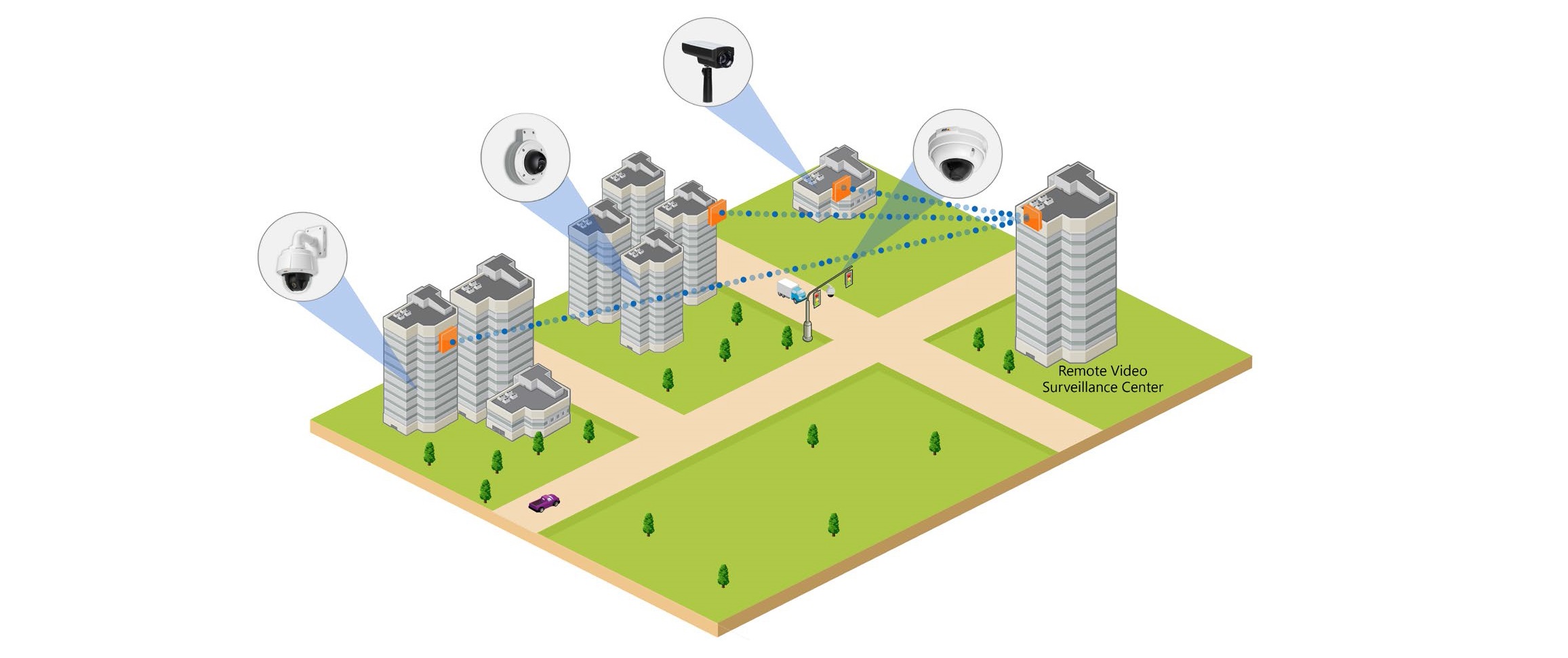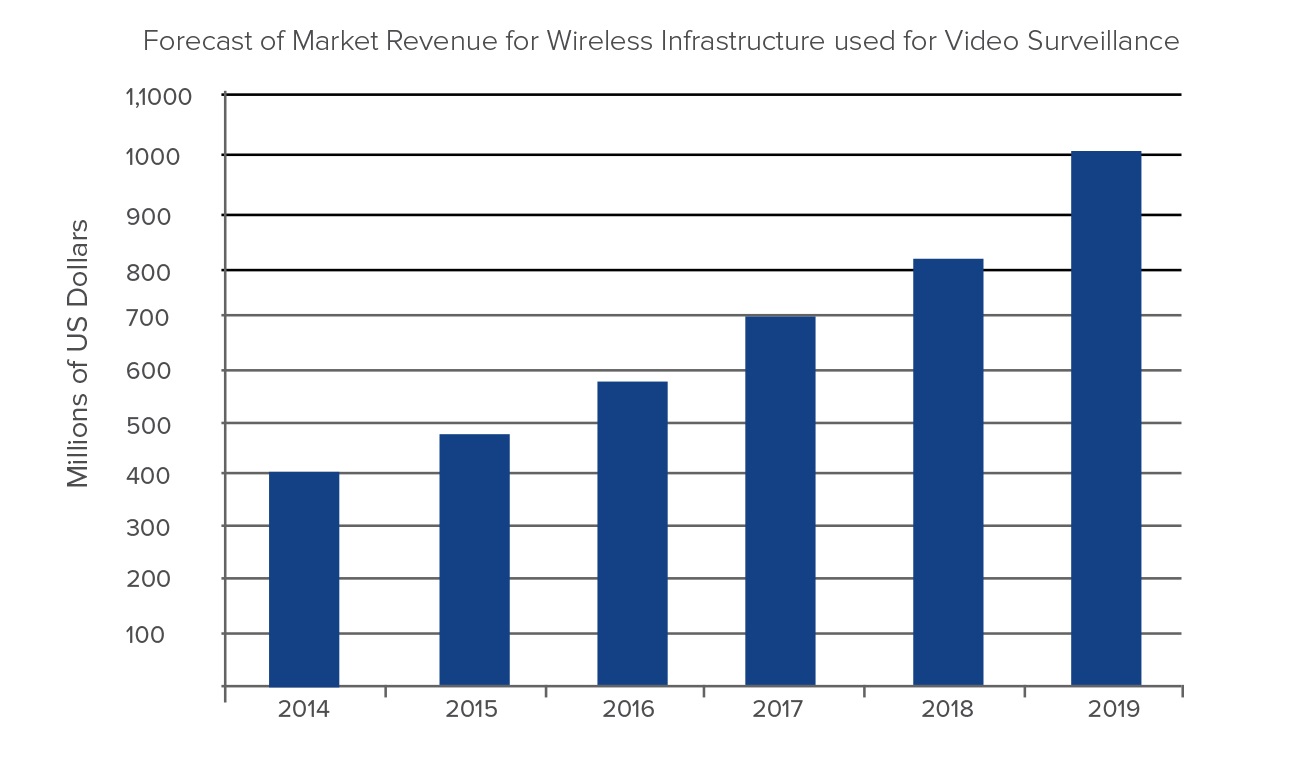Over the years there have been two distinct trends that have combined to boost the video surveillance or monitoring market evermore into the forefront of discussions. The first has been the rise in terrorism, vandalism, refugee populations crossing borders and additional global turmoil. The second trend has been the advancement in video camera technology – from analog NTSC or PAL standard definition video formats to IP based cameras supporting full frame rate (30fps) 1080p HD video. The technology behind video security has progressed significantly in the last 10 years.
With these new resolutions has come advanced technology, functions that were not possible before or were only available off a server in the central monitoring station are now done routinely, often in the cameras themselves. This refers to features such as facial recognition, automatic license plate readers, automatic red light cameras and more. What all these new smart, HD video cameras need is connectivity.
Most of these applications require outdoor cameras
While all these applications may seem to be unique, there are a few things all of them have in common. First, these deployments and features require good to excellent video definition quality. Standard definition is no longer acceptable, and running at 10 frames per second vs. a full rate of 30fps, is not acceptable.
Second, almost universally these applications will have a high percentage of cameras being deployed outdoors, where the environment is harsh, units are unguarded and connectivity is seldom available. For video security the camera needs to be placed where it can perform it’s desired function, and not where there is a convenient fiber or Ethernet cable handy. Having a fiber strand within 10 feet of the desired location of a camera is not much better than being a mile away. It still requires permits, right of way negotiations and some level of digging.
Market
With all of these factors combined, the wireless video surveillance market is forecasted to reach $1 Billion in 2019.
These numbers do not address the latest shifts in the video security market being driven by orthogonal applications. For example, cities deploying intelligent traffic systems use wireless to connect signaling lights in intersections. In many cases the decision is made to add a camera to the deployment, using the wireless network to support both the signaling traffics as well as the video traffic.
When carriers or municipalities decide to deploy public Wi-Fi or hot spots, increasingly the request is bundled with a desire for adding a video camera to the hot spots deployment.
1 || 2 || 3 || 4 || NEXT-> || ALL